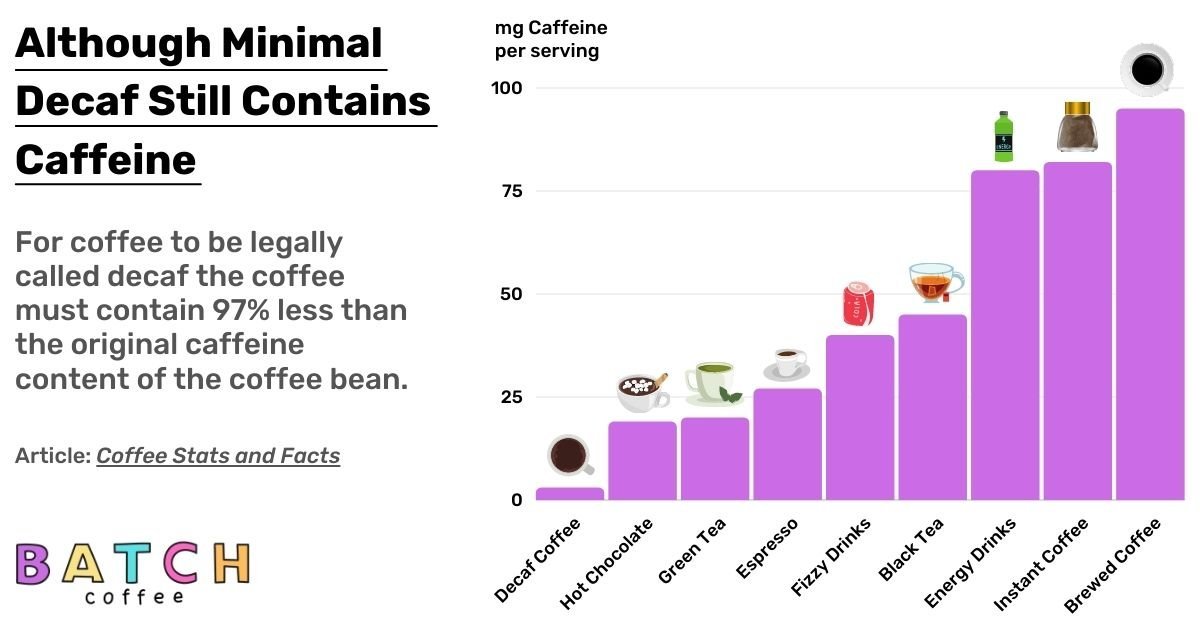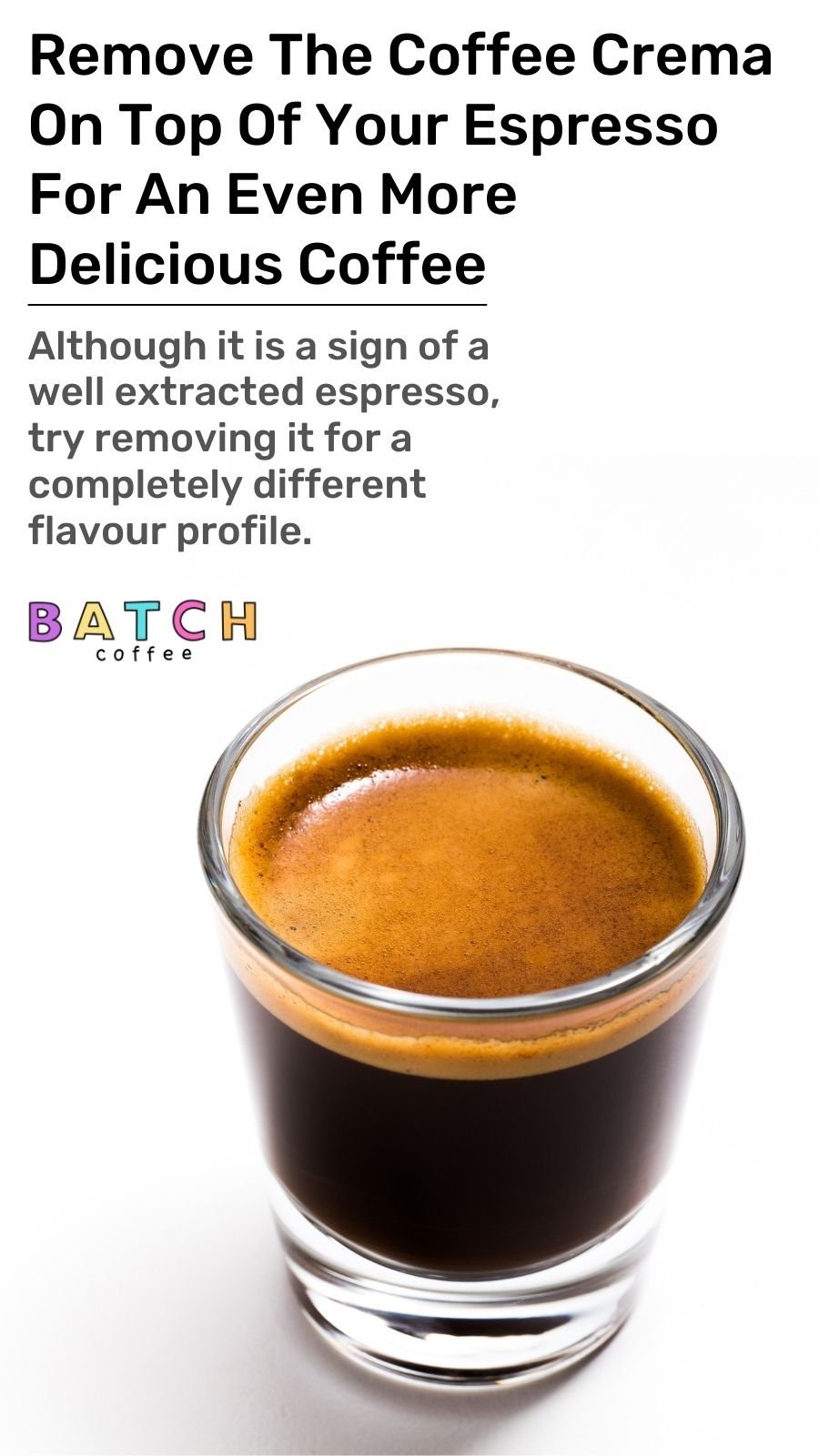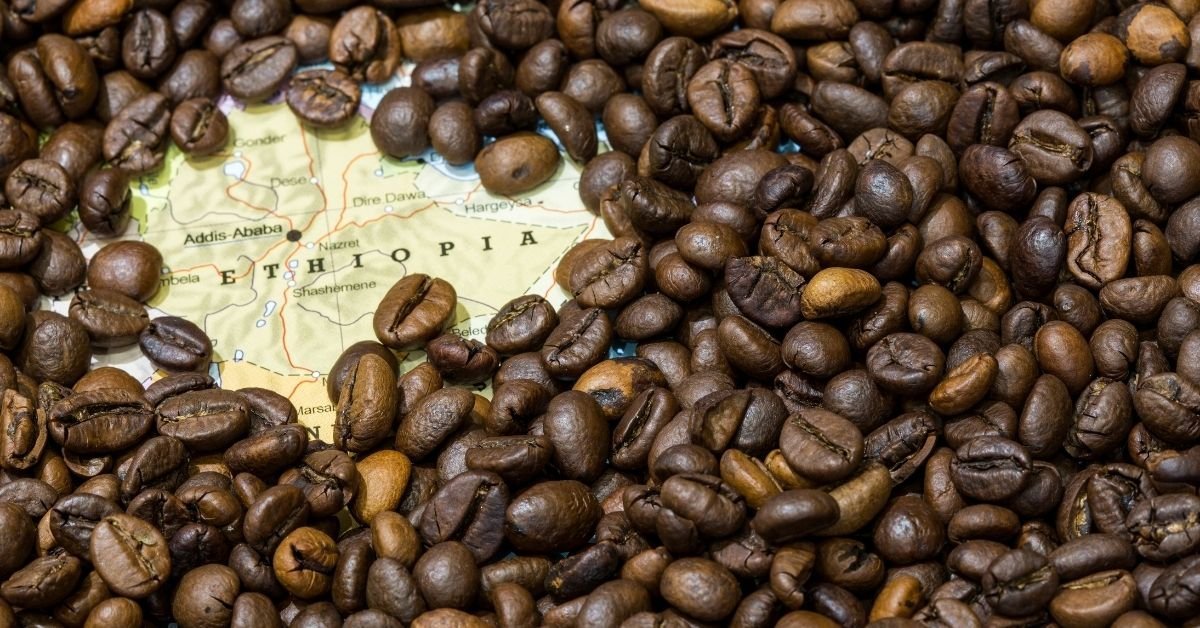Trying to impress your local barista?
Whatever your reason, this list of coffee statistics and facts will blow your coffee fuelled brain.
I am regularly in conversations about coffee with non coffee lovers trying to think of a coffee fact or stat to impress them.
The details always seem to elude me at the last minute and then the point has moved on.
Top 5 Coffee Facts
Each year the world consumes roughly 10 billion kilos of coffee.
53% of people said said the deciding factor when buying a coffee was taste.
The soda industry is fuelled on decaf coffee.
Consuming 3 cups of coffee per day reduces risk of cardiovascular disease by 19%.
The coffee industry is expected to reach global revenues of US$585 billion by 2025.
I thought I would compile a few facts and coffee statistics (mainly so I can personally refer to them), about this magical little bean we all call coffee.
Please feel free to comment at the bottom of the article if you have any more amazing coffee facts or stats.
Free A2 Coffee Flavour Wheel Print?
Coffee Consumption Stats
Over 2.25 Billion Cups Of Coffee Are Consumed Everyday Throughout The World.
Coffee Is One Of The Most Consumed Drinks In The World.
It’s hard to predict what the most popular drink in the world is however it’s thought that coffee is in the top three alongside tea and water.
Netherlands Are The Largest Coffee Consuming Country In The World Per Capita.
With 8.3kg of coffee consumed per person in 2020. The USA consume 3.5 kg while the UK only 2.8 kg.
The USA Consume The Most Coffee In The World As A Whole.
Instant Coffee Accounts For 13% Of All Coffee Drunk Globally.
400 Million Cups Of Coffee Are Consumed In the USA Each Day.
The UK consumes approximately 90 millions cups of coffee per day.
The Retail and Hospitality Industries Consume The Most Coffee Per Day.
Retail and hospitality consumed an average of 3.5 cups of coffee per day. The highest coffee count across all industries.
Nescafe Is the Most Popular Instant Coffee Brand In the UK.
They finished top with 34% of instant coffee drinkers saying they opt for the Swiss Coffee Giant. Kenco ranked in 2nd place with 15% of the votes.
Tea and Coffee
Baby Boomers And Older Consume The Most Coffee
UK coffee consumption varies by age: Under 20 years old = 0.5 cups per day. Millennials (20-37yrs) = 1.3 cups per day. Generation X (38-52yrs) = 2.1 cups per day. Baby Boomers (53-71) and those over 72 years = 2.2 cups per day.
Out Of A Group Of Coffee Drinkers In The UK 53% Said The Deciding Factor When Buying A Coffee Was Taste.
17.5% said cost and 8.4% said sustainability.
The Most Effective Time To Consume Coffee Is Between 9:30am – 11:30am.
From a caffeine boost perspective. This is when your cortisol levels drop from their morning peak.
63% Of People In The UK Consume Coffee Regularly.
The same as tea.
57% Of Coffee Is Drunk At Breakfast.
While 31% between meals and 12% at other meals.
Coffee Health Stats
3-5 Cups Of Coffee Per Day 400mg Of Caffeine Is Good For Most People.
Consuming 3 Cups Of Coffee Per Day Reduces Risk Of Cardiovascular Disease By 19%.
It also reduces coronary heart disease by 16% and mortality of a stroke by 30%.
Coffee Consumption Is Associated With A Lower Risk Of Parkinson’s Disease.
You Can Overdose On Coffee.
For a 70kg person, around 70 cups of coffee can send you into cardiac arrest.
Coffee Contains A Huge Amount Of Antioxidants.
The single greatest contributor to the total antioxidant intake when compared to fruits, vegetables, tea and wine is coffee.
Source: National Institute of Health
High Versus Low Coffee Consumption Was Associated With A Lower Risk Of Prostate Cancer.
As well as endometrial cancer, melanoma, oral cancer, leukaemia, non-melanoma skin cancer and liver cancer.
Coffee Composition Stats
Roasted Coffee Is A Complex Mixture Of Over 1000 Bioactive Compounds.
Coffee Beans Are Actually Coffee Seeds.
They were renamed because of their resemblance of beans.
Coffee Is A Fruit.
The Fruity Outer Layer Of The Coffee Cherry Is Called Cascara.
This can be made into a tea but is also a byproduct of coffee farming.
Upon Grinding Coffee Beans The Complex Flavour Notes Start To Diminish.
Decaf Coffee Actually Still Contains Caffeine.
To legally be called decaf the coffee must contain 97% less than the original caffeine content of the coffee bean.
Coffee Cherries Are Predominantly Red. However, Depending On The Varietal They Can Also Be Yellow Or Orange.
Red cherries are easier to work with for coffee farmers as they are easier to distinguish from an unripe green coffee cherry.
Usually A Coffee Cherry Contains Two Coffee Seeds (Coffee Beans). On Occasion A Natural Mutation Occurs And The Coffee Cherry Only Contains 1 Seed, This Is Called A Peaberry.
Peaberrys are thought to have a more intense flavour profile. They are generally more expensive because of the cost of production (people usually have to hand-sort peaberrys).
Checkout more coffee words and definitions.
Coffee Growing Facts
Coffee Trees Can Last Up To 100 Years And Take Around 5 Years To Gain Maturity.
Over 70 Countries Now Cultivate Coffee.
The Higher The Altitude Of Specialty Arabica Coffee The Better.
Coffee cherries at high altitudes are harder to grow and the maturation of coffee cherries takes longer, enhancing complex sugars and deepening flavour profile.
Coffee Trees Range In Height. From Smaller Varietals Only Reaching 1 Metre Tall Through To Varieties That Can Reach Over 5 Metres Tall.
Coffee Brewing Facts
Pre-Infusion Or Blooming Is An Important Step In Brewing Coffee.
The process of introducing a small amount of water onto the coffee grounds prior to blooming helps to release unwanted, bitter-tasting CO2 trapped inside the coffee.
Your Coffee Can Taste Bitter Because It Is Over-Extracted.
Over Extraction happens when the water has withdrawn all of the desired soluble coffee compounds that make coffee delicious and starts to extract the plant-like bitter centre of the coffee grounds.
Your Coffee Can Taste Sour If It Is Under-Extracted.
Sourness in coffee is usually because the water has only been able to extract a small amount of soluble compounds on the surface of the grounds. The coffee will lack sweetness and taste unbalanced.
Remove The Coffee Crema On Top Of Your Espresso For An Even More Delicious Coffee.
Coffee crema is the tan coloured foam that sits on top of your espresso and is formed when air combines with the coffee’s soluble oils. Although it is a sign of a well extracted espresso, try removing it for a completely different flavour profile.
Coffee Roasting Facts
The Craft Of Coffee Roasting Is An Art And A Science.
Technology such as cropster helps us visualise what is happening inside the drum by plotting roasting curves. Roasters can then manipulate how they want the coffee to taste by introducing variables during the roast prompted by sensory cues.
The Audible Cracking Noises During The Roast Is Air Escaping From The Coffee Beans And Is Referred To As Either First Or Second Crack.
First and second crack are two important points during the roast and act as a reference to gauge the introduction of variables and the duration of the roast.
Example Of A Coffee Roasting Curve. Image: Scott Rao
Coffee Needs To Be Rested After Being Roasted For Around 5-7 Days.
During this time the coffee will de-gas and evolve into the delicious, balanced and complex flavour profile that the roaster intended to achieve. Our coffee subscription club boxes are rested for a 5 days before we despatch.
Try To Avoid Shiny And Oily Coffee.
This happens when the coffee has been over roasted and the oils have escaped from within the coffee bean and have broken onto the surface. Coffee is a combination of soluble oils and compounds that may taste flat, bitter and unbalanced if one of the components are missing.
Coffee History Facts
The Birth Place Of Coffee Has Been Widely Debated For Many Years.
Some say Ethiopia, while others Yemen.
Coffee Was Often Smuggled Throughout History.
As countries made it illegal to export coffee. Many of the coffee growing countries today started their cultivation with smuggled coffee seeds.
The Name Coffee Was Originally Qahwah.
An Arabic word referring to a type of wine deriving from the verb qahā which means appetite suppressant. This evolved to kahve in Ottoman Turkish and then koffie in Dutch before arriving at coffee today.
Cappuccino Was Derived From The Resemblance In Colour To The Robes Worn By Capuchin Monks In 16th Century Italy.
Latte Comes From The Italian Coffee, Caffè Latte.
Which literally means coffee and milk.
Macchiato Comes From The Italian Word Marked.
Barista’s would add a spot of milk to differentiate between espressos hence the name Macchiato.
Coffee Was Originally Chewed.
The First Coffee In Europe Was Sold In Pharmacies As A Medicinal Remedy In The 17th Century.
In 1674 Women Tried To Ban Coffee.
The Women’s Petition Against Coffee claimed the beverage was turning British men into “useless corpses” and proposed a ban on it for anyone under the age of 60.
World Coffee Stats
Each Year The World Consumes Roughly 10 Billion Kilos Of Coffee.
The World roughly consumes 167 million 60kg bags of coffee.
Arabica Makes Up 60% Of The World-Coffee Production.
Robusta around 40%.
The Average American Spends About $1100 On Coffee Each Year.
Raw Coffee Beans, Soaked In Water And Spices, Are Chewed Like Candy In Many Parts Of Africa.
Singapore Was The Country With The Highest Amount Of Searches For ‘Coffee’ On Google Over The Last 5 Years.
In 2001 Brazil Produced A Stamp That Smelled Like Coffee.
This was to promote their coffee all over the world.
American’s Love Of Coffee Stems Back To The Boston Tea Party.
The unpatriotic act of drinking tea after the British government imposed a tea tax led Americans to switch their caffeinated beverage of choice to coffee.
Coffee Market Stats
Coffee Is The Biggest Segment In The Market For Hot Drinks.
It is expected to reach global revenues at home and out home of US$585 billion by 2025, driven largely by a continued boom in specialty coffees.
In 2019, Brazil Exported Over $4.5 Billion Worth Of Coffee To Other Countries.
Making it the world’s leading coffee exporter by far. Switzerland followed in second place with a trade value of roughly $2.5 billion U.S. dollars.
The United States Imported Around $5.84 Billion Worth Of Coffee In 2019.
This makes it the leading importer of coffee worldwide for that year. Germany followed in second place, importing around 3.1 billion U.S. dollars of coffee.
Random Coffee Facts
Used Coffee Grounds Can Be Used As A Face Or Body Scrub.
Or as a super nutritious compost that is great for growing mushrooms.
Cup of Joe Is Derived From The US Navy.
Like many navies all over the world alcohol was often served on board. However when Admiral Josephus “Joe” Daniels became chief of operations he banned alcohol on board. Coffee became the new drink of choice and was referred to as a cup of Joe. Check out our article on does coffee cure a hangover?
Honey Bees Have a Love For Coffee.
It has been shown that honey bees are attracted to caffeine and it helps their long term memory.
The Soda Industry Is Fuelled On Decaf Coffee.
After coffee beans are decaffeinated, several coffee manufacturers sell the caffeine to soda and pharmaceutical companies. Checkout our guide on caffeine in Pepsi.
The Oldest Ever Cat On Record Drank Coffee Everyday.
The 38-year-old cat named Creme Puff supposedly drank coffee for breakfast every morning.
The First Ever Webcam Was Created To Film Coffee.
Computer Science students at Cambridge University became tired of walking up and down the corridor to find the coffee pot empty, so they rigged a camera to a computer so all the department were able to see if the coffee pot was full.
Beethoven was a fussy coffee drinker. He loved his coffee but insisted that every cup was brewed with exactly 60 coffee beans.













































Hello! Someone in my Facebook group shared this website with us so I came to check it out. I’m definitely enjoying the information. I’m bookmarking and will be tweeting this to my followers! Fantastic blog and outstanding design.